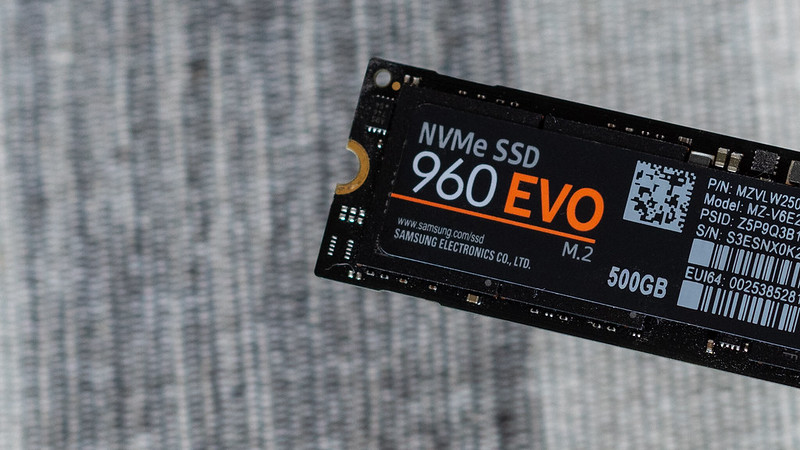As we push further into another year, we’re hit with another wave of hardware that reaches heights we could previously only dream of. In storage, this new development comes in the form of the first PCIe 5.0 SSDs.
Capable of speeds that put other already enormously quick devices to shame, this new generation of SSDs is groundbreaking, but like so many other pieces of cutting-edge tech, you probably don’t need them.
Grasp and Reach
To understand exactly why this new generation of storage devices is unnecessary, we could take an example of typical computer use for the average person. An example of regular use and demands is illustrated by digital betting, through playing online casino games, collecting online casino bonus offers, and general browsing. With current tech, users will experience no appreciable delay in any part of online casino services. The same goes for online streaming services and even media-rich social media channels – we’re at a point where average speeds exceed average needs. These applications load nearly instantly even on low-end devices and phones handle them with aplomb. In a nutshell, the same applies to this new generation of SSDs.
Tech By the Numbers
To even gain access to the newest generation of PCIe 5.0, computer users will need to be running the most recent CPUs from AMD and Intel, with a Ryzen 7000 and Intel 12th or 13th gen chip required. From here, they’ll also need to be prepared to drop around $400 for a drive, at least once they’re back in stock.
In terms of speed, the fastest last-gen PCIe 4.0 SSDs are rated for peak read speeds of around 7,450 MB per second for systems like the Samsung 990 Pro. The new generation maxes out up to 10,000 MB per second. This is a profound leap, but as for the difference it makes, for the average user, that could be much more subtle.
For most users, the real-life differences between these new devices and the previous generation aren’t likely to be significant and, most times, users might not even notice them. Game loading times, which are common benchmarking tools, have found only minuscule differences between the new generations of storage systems. After a significant leap of 20 seconds in Red Dead Redemption 2 from HDD to SSD, for example, loading speed differences were less than a few seconds. The same applies to loading Windows, where the disparity is also negligible.
Why and What For?
The reason for the wall that most users will experience with PCIe 5.0 SSDs relates to bottlenecks in how data is transmitted and transferred. If a program is only built to load data at certain speeds, then going beyond this capacity is wasted time. The same applied to CPU and GPU bottlenecks, where those components playing catch-up will force storage to underperform.

So, who would need one of these new drives? There are two main groups; those who wish to push their systems to the absolute max, and workers who rely on very specific and highly data-demanding jobs.
Outside of these two, there isn’t much call for the opportunities the new systems provide, as there simply isn’t currently a need. Like internet speeds and web game demands, we’ve gone beyond what is required, at least for the broad and public scale of technological use.

